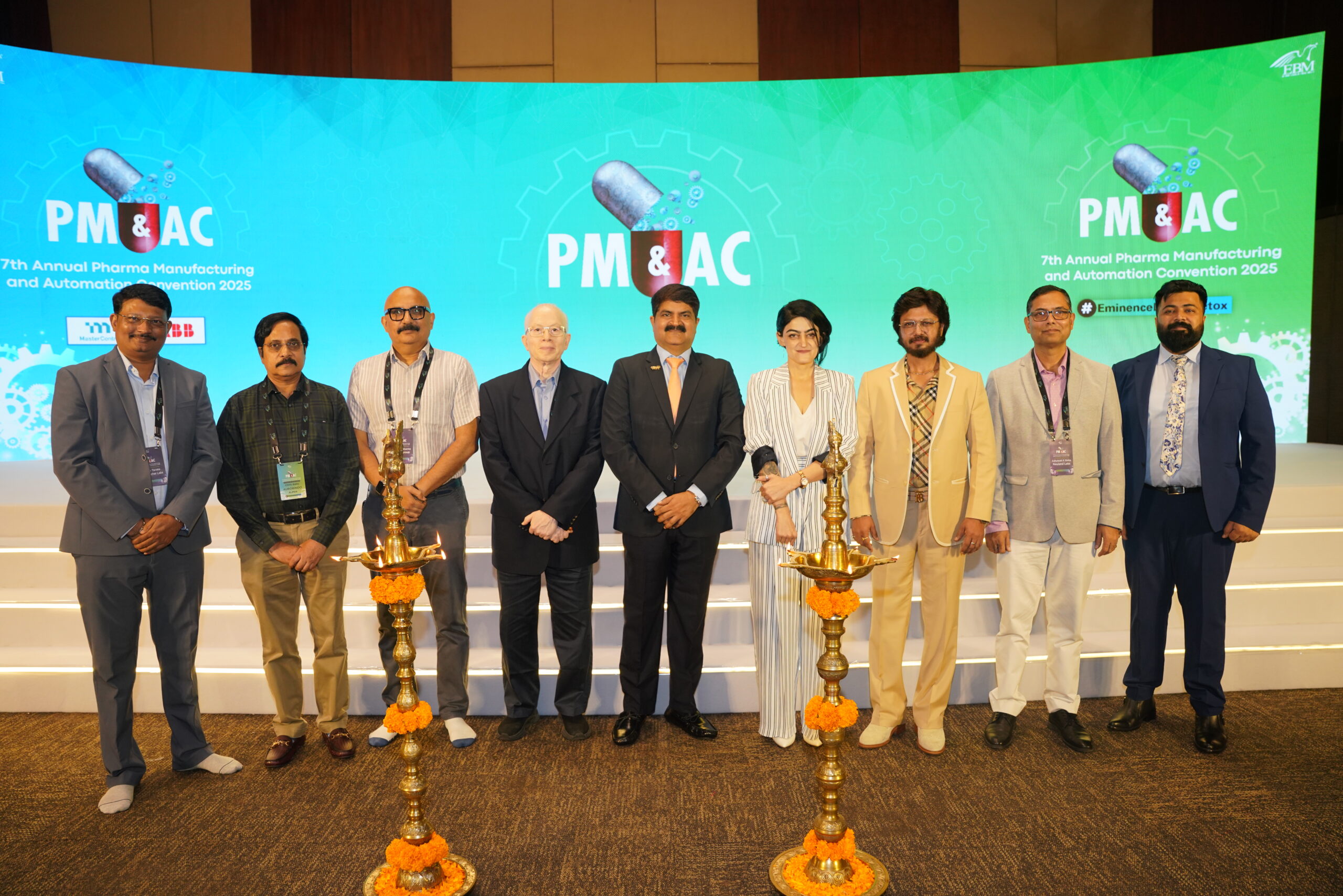Pharma 4.0 is a term used to describe the integration of advanced technologies and knowledge-based processes in the pharmaceutical industry. It aims to use data and technology to streamline the pharmaceutical manufacturing process. Pharma 4.0 offers a digital framework for the integration of digital industrial technologies in the context of pharmaceutical manufacturing. It expands on the ideas of Industry 4.0, the fourth industrial revolution characterized by the development of digital technologies and data. Pharma 4.0 integrates cutting-edge technologies including artificial intelligence (AI), big data analytics, the Internet of Things (IoT), robotics, and cloud computing into pharmaceutical manufacturing. The goal of Pharma 4.0 is to develop a more productive, economical, and patient-friendly pharmaceutical industry using these technologies.
One of the enablers of the Pharma 4.0 operating model is digital maturity. There are six stages in digital maturity. Following these steps will help companies transition to Pharma 4.0.
- Computerization: The first level of maturity is the automation of simple manual processes with the introduction of digital technology. The goal is to find repetitive tasks that would be better performed by the computers that form the basis of the digital infrastructure.
- Connectivity: In the second stage of Pharma 4.0 maturity, the equipment and devices for drug production are connected to the network. It enables data collection and communication between devices. It also creates a basis for connecting IT infrastructure, business and production.
- Visibility: In this point, you will see significant progress in your drug production. A connected ecosystem of people, machines and processes creates meaningful digital output that enables intelligent and informed decisions in real-time.
- Transparency: As more data is collected, Pharma 4.0 enables a new type of transparency never before seen in manufacturing. Everyone in the supply chain has access to the same data, enabling better communication and collaboration. These advanced analytics help uncover opportunities for improvement that were previously anonymous and invisible.
- Predictability: Detailed production data allows manufacturers to solve problems before they happen. The predictability and precaution lead to less downtime, fewer recalls, and better quality.
- Adoptability: In the final stage of maturity, Pharma 4.0 manufacturing processes are adjusted in real-time. This is also possible through continuous data collection and the use of advanced analytics. In addition, the systems automate themselves to prevent problems and they in turn initiate the corresponding actions without human intervention. This results in a leaner, more flexible, and more responsive pharmaceutical manufacturing organization.
Applications of Pharma 4.0: Electronic Logbooks, Line Clearance, Electronic Batch Records, Process Visibility, Training for Regulated Environment, etc.
Fourth Industrial Revolution:
The fourth industrial revolution is the current era, and it is characterized by the integration of cyber-physical systems (CPS), the internet of things (IoT), and artificial intelligence (AI) into manufacturing. This has enabled the development of smart factories that are highly automated, flexible, and adaptable. These factories can quickly respond to changing market demands and can produce customized products with minimal human intervention. Additionally, Industry 4.0 allows for real-time monitoring and analysis of production data, enabling businesses to make data-driven decisions that can improve productivity and efficiency.
Internet of Things (IoT) is a Key Element of Industry 4.0 for Pharmaceutical Industries:
The Internet of Things (IoT) is key technology that enables the connectivity of devices and equipment throughout the manufacturing process. In pharmaceutical manufacturing, IoT devices can be used to monitor critical parameters such as temperature and humidity, ensuring product quality and safety. IoT devices can also be used to track products throughout the supply chain, providing real-time visibility and enabling timely interventions in case of quality issues. IoT is a revolutionary leader in realm of information technology. The word “Internet” refers to a worldwide network of interconnected computer systems that connects millions of people using the Transmission Control Protocol/Internet Protocol standard suite. A vast array of wireless, digital, and optical networking technologies is used to connect billions of private, public, educational, commercial and government networks globally. RFID is one of the IoT “Things” (Radio Frequency Identification), and other items that, thanks to an unusual addressing system, are able to interact with one another and adapt to their surroundings in order to achieve a common aim. The pharmaceutical industry has grown highly pragmatic in embracing technological advancements, though, so the influence of IoT haven’t felt surely throughout the pharmacy and medical device industries. However, IoT has a significant capacity to assist pharmaceutical companies in improving the production output, reducing prices, and also improving the method of dispensing medications to patients. By monitoring the patient’s compliance and adherence with the recommended prescription in the cloud, IoT closes-loop the physician, manufacturer, distributor and the consumer. With the use of sensors and smart gadgets, the pharmaceutical sector will be able to save more lives and find therapies and efficient care.
History of Internet of Things (IoT):
As the first Internet connecting appliance, the Internet of Things (IoT) journey was launched in 1982 at Carnegie Mellon University. At that time, the Internet Protocol (IP)/Transmission Control Protocol (TCP) was suggested for Internet connectivity in the telecommunications industry. The network’s architecture was established as Web 0.0 in 1990. In 1992, using Online 1.0, the first step toward e-commerce was established for web pages. The term “Internet of Things” (IoT) was first proposed in 2000 for Web 2.0 devices. IoT was introduced in 2010 and was based on technical standardization, to enable complete internet connectivity. Internet developing stages.
Below Figure represents the development of IoT from its early stages, before 1988, the development of telecommunication devices to present-days prototypes and connected devices.
Conclusion:
The integration of the Internet of Things (IoT) in the pharmaceutical industry is transforming traditional processes, driving innovation, and enhancing efficiency across the value chain. From real-time monitoring of drug production and supply chain optimization to patient adherence and personalized medicine, IoT offers unprecedented opportunities to improve outcomes. With the right strategies in place, IoT has the potential to revolutionize the pharmaceutical industry, fostering improved healthcare delivery and patient care.






